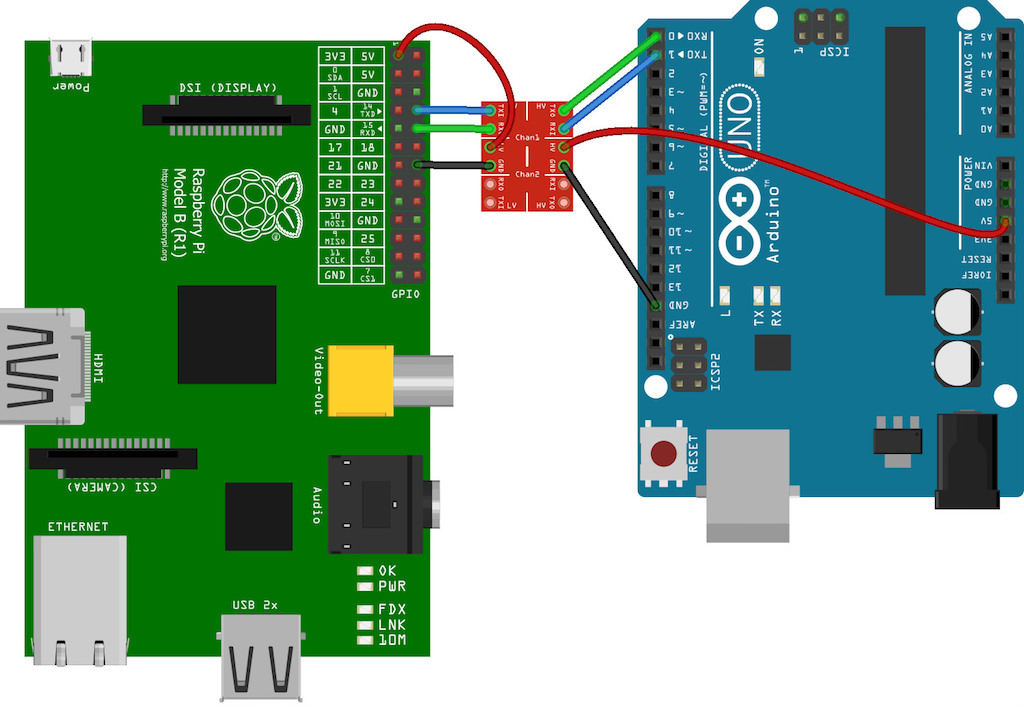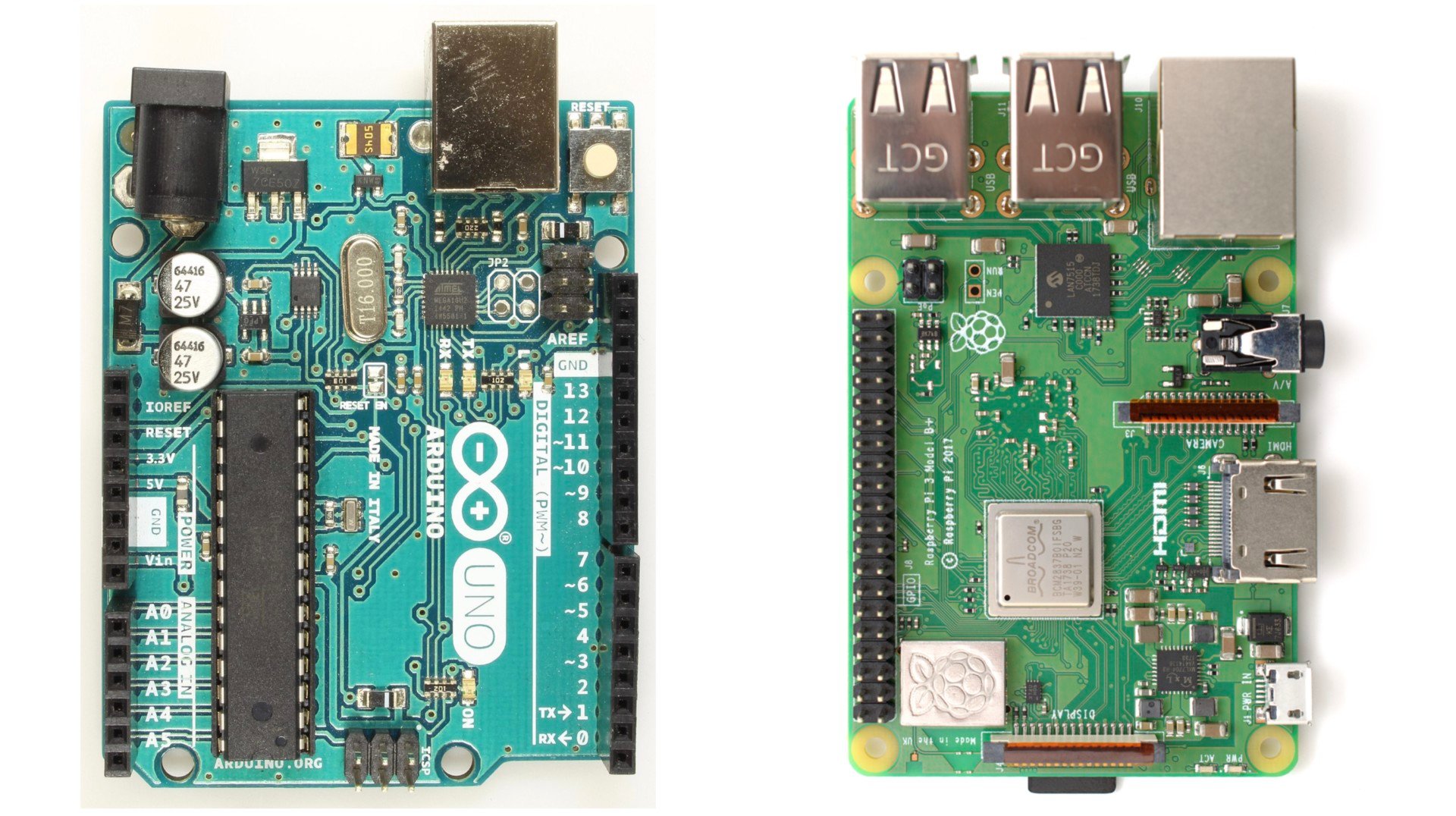
- RASPBERRY PI VS ARDUINO REMOTE SENSING DRIVER
- RASPBERRY PI VS ARDUINO REMOTE SENSING WINDOWS 10
- RASPBERRY PI VS ARDUINO REMOTE SENSING BLUETOOTH
RASPBERRY PI VS ARDUINO REMOTE SENSING DRIVER
Like a computer, It has memory, processor, USB ports, audio output, graphic driver for HDMI output and as it runs on Linux, most of the linux software applications can be installed on it.
RASPBERRY PI VS ARDUINO REMOTE SENSING WINDOWS 10
can be installed on Pi, even Windows 10 version is also available for Pi. Rasbian is the official OS for Raspberry Pi, where other third party OSes like Firefox OS, Android, RISC OS, Ubuntu Mate etc. Raspberry Pi is a fully functioned computer, a system-on-chip (SoC) device, which runs on a Linux operating system specially designed for it, named Rasbian. So here I am covering mostly all the aspects which make them easy to take the decision over the choice of Arduino vs. But beginners and students often get confused between them , like which board to use for their project or which board is easy to learn or why should they use Arduino over Pi and vice versa. Experienced and professionals know the utility and differences between the two. You can then use either ipMIDI to send this information over wifi or ethernet to your Pi, or use BLE-MIDI to send it via bluetooth.Arduino and Raspberry Pi are the most popular boards among the students, hobbyists and professionals.

However, if you are feeling a little more fancy than that, I recommend using the Arduino-MIDI library to turn your keypress into proper MIDI keyboard.

Then you can send these out as messages over the UART on your RPi. So, with this board you can use the TouchLib library to read the hardware touch inputs.
RASPBERRY PI VS ARDUINO REMOTE SENSING BLUETOOTH
The ESP32 is a low cost ( 4.5$USD for complete dev board) arduino like microcontroller with high performance plus wifi and bluetooth That solution is to use an ESP32 as they have builtin touch sensor on 10 GPIO pins. However I have a much more practical solution that will give you much better performance at a low cost and with only relatively minimal amount of programming required. This is the technically correct answer to your "no hats" requirement. You'll never achieve the sub-pF sensitivity of the Arduino with the Pi (required to detect a hand 10 inches away from the foil), but detecting an actual touch from a 100 pF human should be possible.Īs Dmitry says, you can use capacitor-resistor network and measure the discharge timing to detect touch with the arduino software touch library.

In any case, the capacitive sensing will be slower and less precise on the Pi, which may or may not be OK for the application you have in mind. It should be possible to figure it out by repeating the same measurement several times: human body capacitance changes slowly, while scheduling delays are random. You'll have to implement the exact same schematic: one output pin which changes state back and forth, and several input pins (connected via high-value resistors) which will follow the output pin after a certain delay, depending on how much capacitance that particular pin has.īecause capacitive sensing relies on precise timing, the implementation will be more complex and less reliable on the Pi compared to the Arduino - you'll have to figure out whether the delay you observe is due to the change in pin capacitance or to the scheduling of Linux. You could port the Arduino Capacitive Sensor library to the Pi, using one of the available GPIO frameworks.


 0 kommentar(er)
0 kommentar(er)
